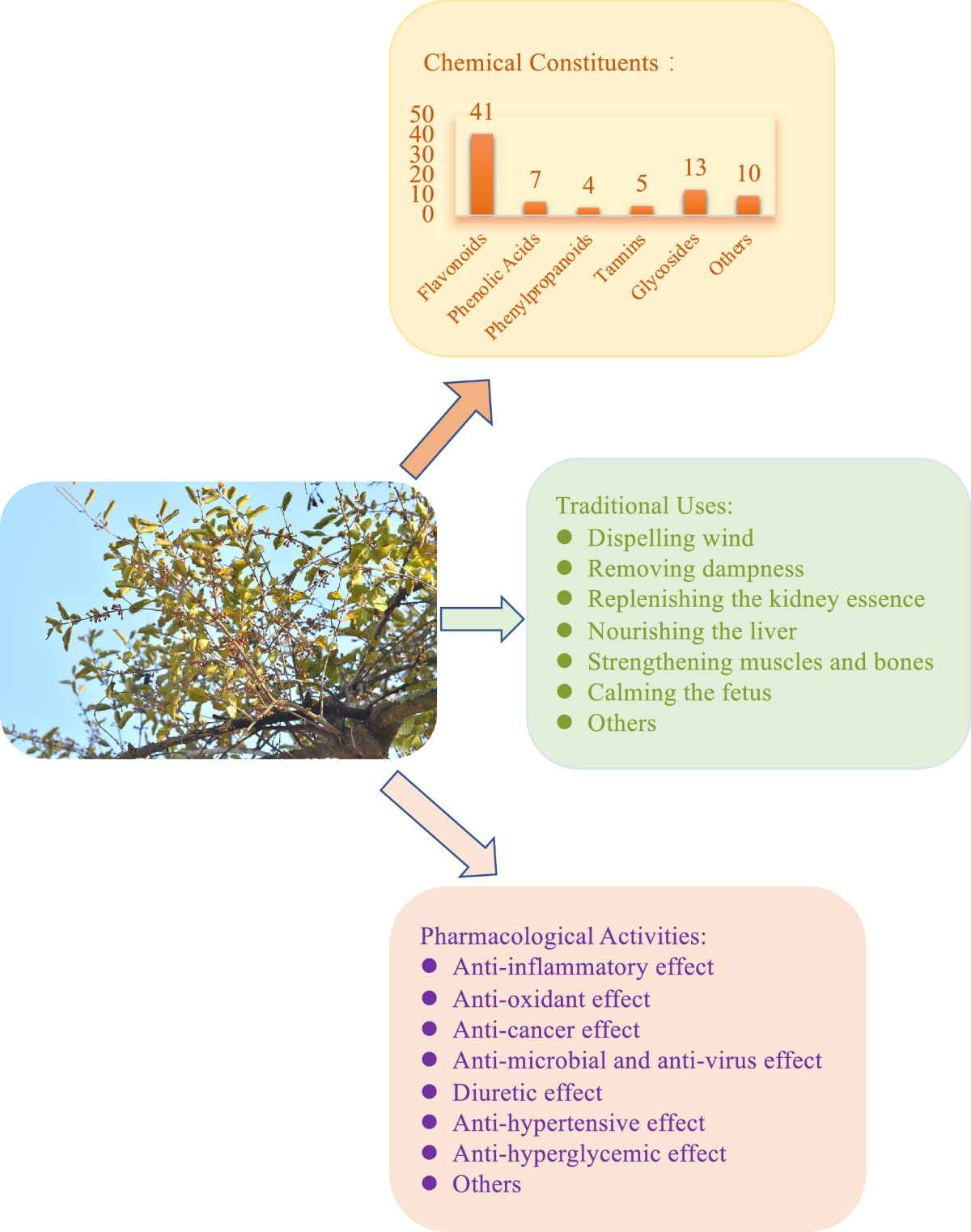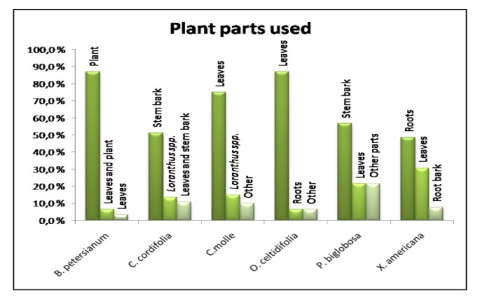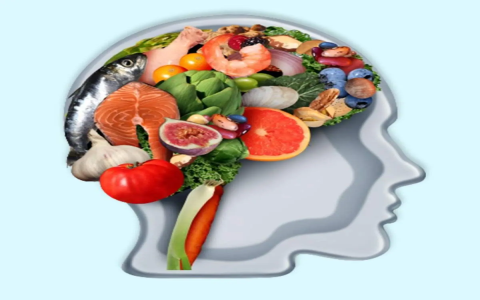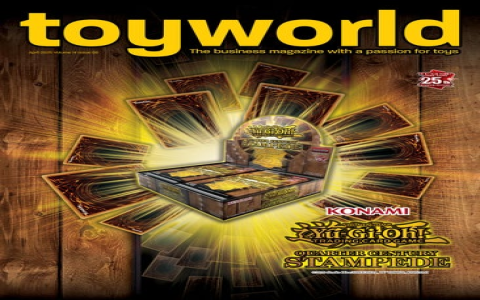Alright, so you’re curious about Sangjisheng, huh? People talk about it, whisper about its benefits, like it’s some kind of secret. Well, let me tell you about my little dance with this stuff. It wasn’t exactly a straightforward “take this, feel better” kind of deal for me.
My Journey with Aches and Old Tales
It all started a few years back. I was a mess. My lower back was constantly screaming at me, not like a sharp pain, but a dull, grinding ache that just wore me down. Sleep? Forget about it. I was tossing and turning, trying to find a position that didn’t feel like my spine was made of old, creaky wood. I went to a couple of doctors, you know, the usual drill. They poked around, asked a few vague questions, and then handed me pamphlets on “stress management” and “gentle exercise.” Real helpful, that was. Like I hadn’t thought of that myself. One even suggested it was “all in my head.” Thanks, I really needed that.
So there I was, frustrated, tired, and still aching. My wife, bless her, she tried everything. New pillows, fancy ergonomic chairs, you name it. Nothing really touched it. I was just about ready to resign myself to a life of ibuprofen and complaining.
Then, during one of our Sunday family dinners, my Great Aunt Mei pipes up. She’s ancient, full of stories and home remedies for everything from a sniffle to a broken heart. She heard me groaning as I tried to get up from the table. “Ah,” she said, squinting at me, “You need Sangjisheng. Good for the bones, good for the blood. My grandmother swore by it.”

Dipping My Toes into Tradition
Sangjisheng. I’d never heard of it. Sounded like something out of a fantasy novel. But at that point, I was willing to try almost anything. So, I started my little investigation. I didn’t just rush out and buy it. First, I asked Aunt Mei more about it. She told me how it grows on mulberry trees, how it’s been used for ages. It all sounded very… traditional. Which, to be honest, made me a bit skeptical but also a tiny bit hopeful.
My “practice” with Sangjisheng wasn’t very scientific, let me tell you. I found a traditional medicine shop downtown, the kind that smells like a thousand different dried things. The shopkeeper, an old guy with wise eyes, showed me these dried twigs and leaves. He explained how to prepare it – usually boiled into a tea.
So, I bought a small batch. I went home. I boiled it. The whole house filled with this earthy, slightly bitter aroma. I drank the tea. Did it work? Honestly, it’s hard to say definitively.
- I drank it for a few weeks.
- I tried to be more mindful about my posture, like the pamphlets said (maybe they weren’t entirely useless).
- I also started doing some light stretching Aunt Mei recommended, stuff she probably learned from her grandmother too.
Slowly, very slowly, the ache in my back began to ease. Was it the Sangjisheng? Was it the stretching? Was it just that I was finally doing something, taking some control instead of just complaining? Or maybe it was Aunt Mei’s stern belief in it, a kind of placebo effect powered by family tradition. I have no clue.
What I do know is that the whole process made me think. It made me appreciate those old ways a bit more, not as magic cures, but as a different approach to well-being. It was a journey, not a quick fix. Sometimes, I think, just the act of seeking out these remedies, preparing them, and taking that time for yourself has a benefit all its own. My back is much better these days, though it still gives me a twinge if I overdo it lifting groceries or sit hunched over my computer for too long, a lovely reminder. And every now and then, I still make a pot of that earthy tea, mostly when Aunt Mei calls to check if I’m behaving myself.


